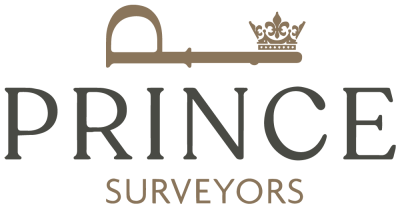Full Building Surveys - Urgent or Dangerous Building Issues
The team of chartered building surveyors and/or accredited/qualified specialists focus on delivering a property inspection service tailor-made for you and your individual full structural survey requirements. One area we look at is the urgent or Dangerous Issues in a building. Learn more below.
What is a dangerous structure?
A dangerous structure refers to a building, or any part of a building, that poses a significant risk to the safety of its occupants, nearby properties, or the general public. These structures typically exhibit severe structural defects, instability, or deterioration that could lead to a collapse or other hazardous incidents.
There are many types of structural dangers including:
- Structural Instability
- Fire Hazards
- Substantial Deterioration
- Hazardous Materials
- Unsafe Accessibility
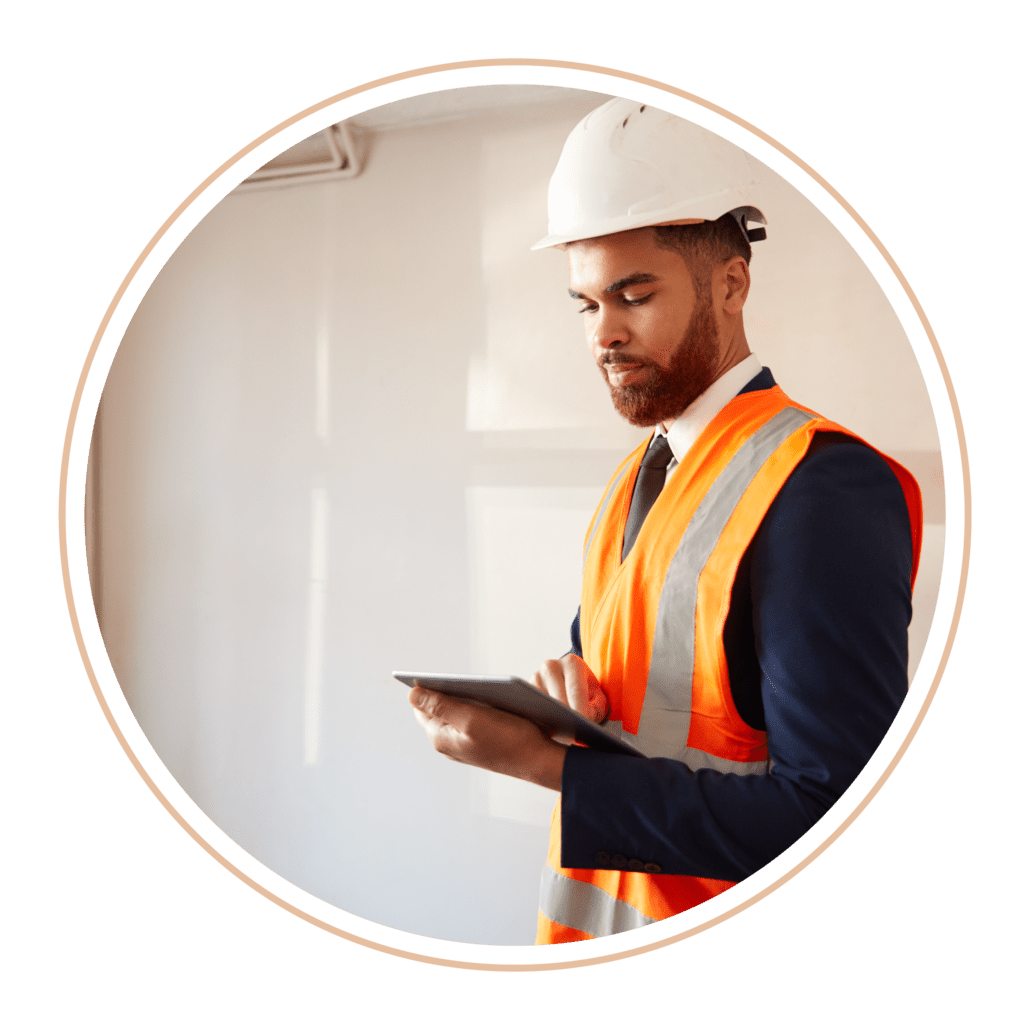
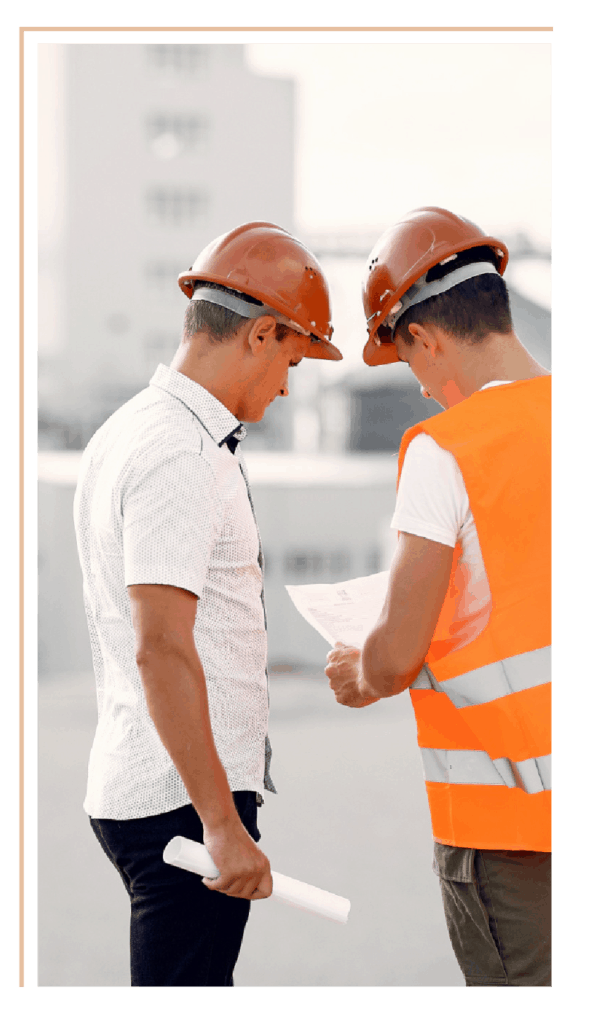
Who is responsible for dangerous buildings?
In general, the owner of the building is ordinarily responsible for ensuring the safety and maintenance of the property. They are expected to address any known hazards, undertake necessary repairs, and comply with building regulations and health and safety laws.
In some circumstances, the responsibility may fall to other parties including:
- Occupants. If a dangerous condition arises within a building due to the actions or negligence of the occupants, they may bear some responsibility.
- Contractors and Builders. If a dangerous condition is a result of faulty construction, poor workmanship, or non-compliance with building codes.
- Regulatory Authorities. Government or local authorities responsible for building regulation and safety have a role in identifying and addressing dangerous buildings.
- Professionals. Architects or structural engineers may be held responsible if they provided negligent or substandard design or advice.
- Maintenance and Management Companies. In cases of inadequate maintenance or negligent property management, the responsible maintenance or management company may bear some liability.
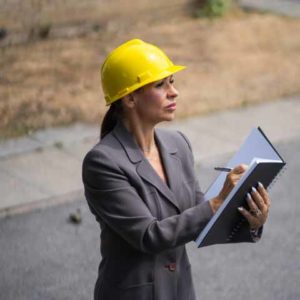
What is considered a dangerous building?
There are many reasons why a building inspection may report that a building is considered to be dangerous.
Structural Instability
Buildings with structural deficiencies, like weakened foundations, compromised walls, sagging roofs, or failing support elements, can be deemed dangerous. This includes situations where there is a risk of collapse or partial collapse.
Fire Hazards
Buildings that have inadequate fire prevention measures, for instance improper flammable material storage, increase the risk of fire outbreaks and endanger the occupants and neighbouring properties.
Deterioration and Decay
Buildings with extensive rot, corrosion, or decay in key structural areas can be classified as dangerous. Key elements include floors, ceilings, walls, or structural supports.
Hazardous Materials
Buildings that contain hazardous substances like asbestos, lead-based paint without proper containment are considered dangerous.
Inadequate Accessibility Measures
Buildings with unsafe access, such as faulty staircases, missing handrails, or inadequate lighting, may be classified as dangerous as they can delay or prevent a safe evacuation during emergencies.
Non-Compliance with Building Codes and Regulations
Buildings that do not meet the required building codes, zoning regulations, or safety standards may be considered dangerous.
Contact our building survey experts to book your full building survey or to get a FREE no-obligation full structural survey quote.
Failure to comply with the building regulations
In the United Kingdom, failing to comply with building regulations can have legal consequences. The specific penalties and actions taken for non-compliance may vary depending on the severity of the violation and the local authority enforcing the regulations. Here are some general outcomes that can occur if you fail to comply with building regulations in the UK:
- Enforcement Notice
- Prosecution and Fines
- Rectification Works
- Prohibition Notice
- Building Control Charges
You may also find your insurance premiums increase if you fail to ensure your property is safe.
Contact the building survey team to see how experts can help you ensure your building is safe for all occupants and align with all legislative requirements.
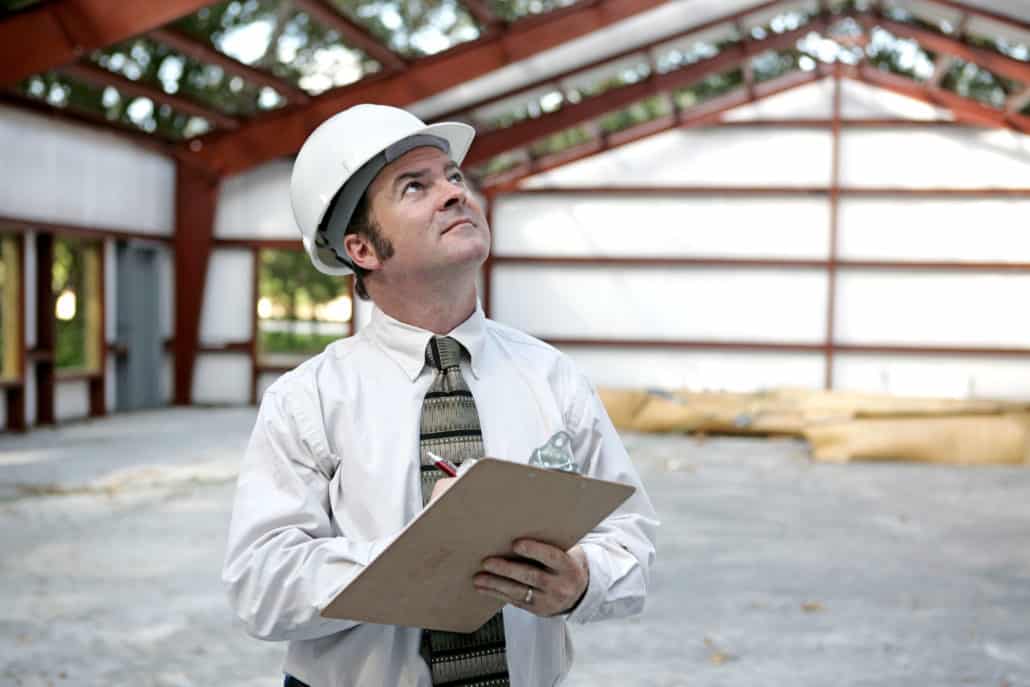

How to make a property safe?
To make a dangerous property safe, it is crucial to address the specific hazards or conditions that pose a risk. The approach will depend on the nature of the dangers present, but here are some general steps that can help improve the safety of a dangerous property:
- Professional Assessment
- Immediate Hazard Mitigation
- Develop a Safety Plan and the timeline for fixes
- Structural Repairs and Maintenance
- Fire Safety Measures
- Hazardous Materials Removal
- Accessibility and Safety Enhancements
- Rerun the assessment to ensure compliance with Building Regulations
- Regular Inspections and Maintenance
- Education and Training to prevent future issues
What will the Building Inspection surveyor do?
A building inspection surveyor is a professional who conducts building inspections to assess the condition and safety of a property. Their role is to thoroughly examine various aspects of a building and provide an objective evaluation of its structural integrity, compliance with building regulations, and overall suitability for its intended use. Here are some tasks that a building inspection surveyor typically performs a visual inspection, structural assessment, compliance checks, building systems evaluation, a review of the safety and accessibility of the building and then all of this will be collated and provided in an in-depth report.
As part of the building inspection service, professionals may also recommend ongoing monitoring to ensure that the structure remains safe and compliant over time.

Why Choose A Building Survey Service?
When using the building inspection services, there are a number of things you can expect, including:
- Widely Recognised
- Extensive internal training and skill sharing
- High Levels of Professionalism
- Reliable & Communicative
- Extremely Knowledgeable
- Members of Several Awarding Bodies
- Happy Clients & Positive Reviews
- Located Near You
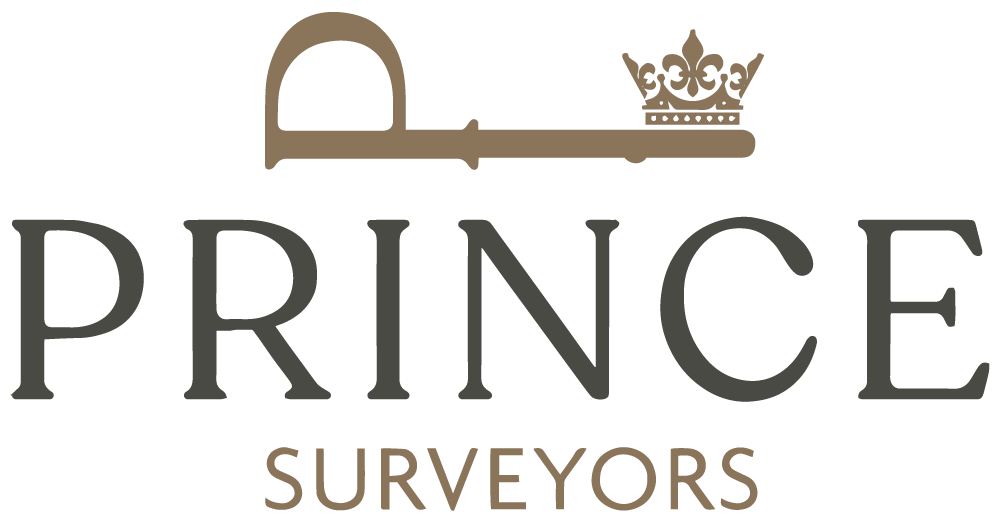
Professional Standards
Our panel of experts are regulated by the following regulatory bodies including but not limited to: the Royal Institution of Chartered Surveyors (RICS), The Property Ombudsman (TPO), Society of Operations Engineers (SOE), Chartered Association of Building Engineers (CABE), Faculty of Party Wall Surveyors (FPWS), the International Real Estate Federation (FIABCI) and the Chartered Institute of Building (CIOB).

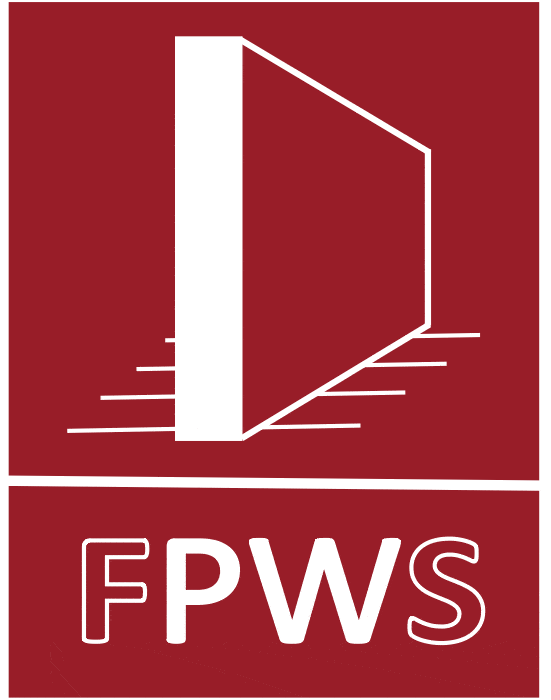

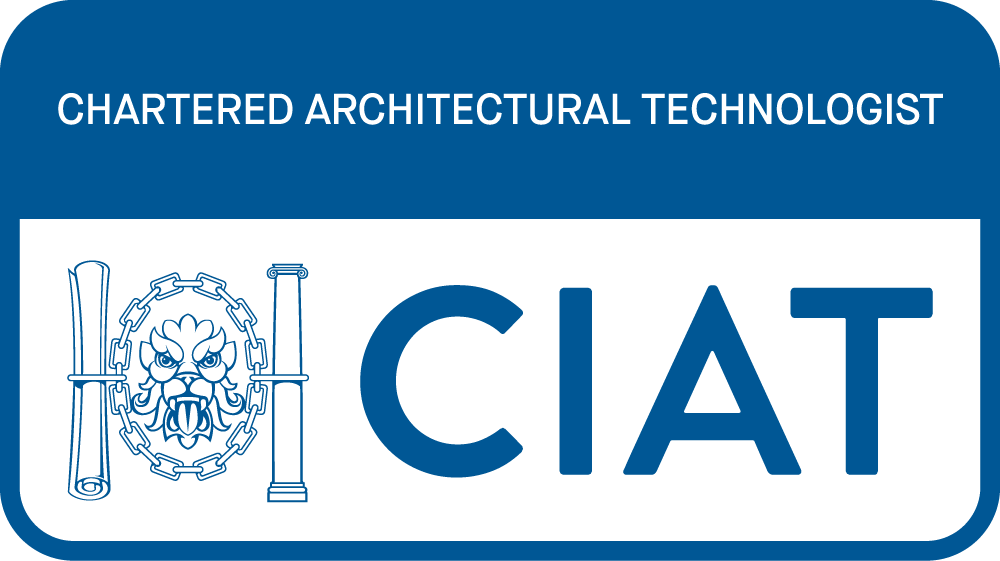
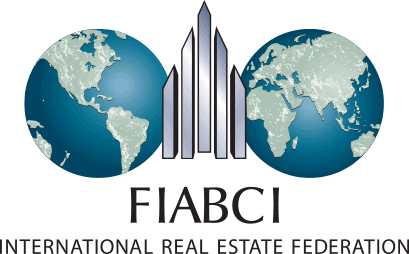

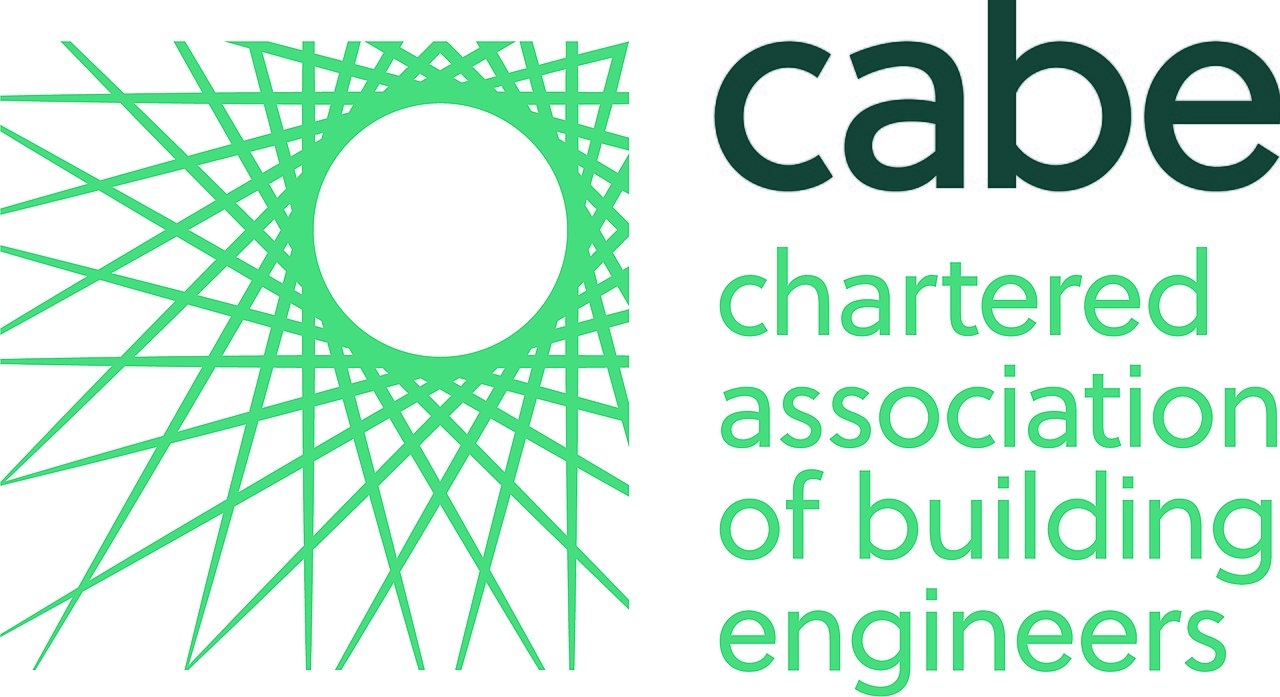
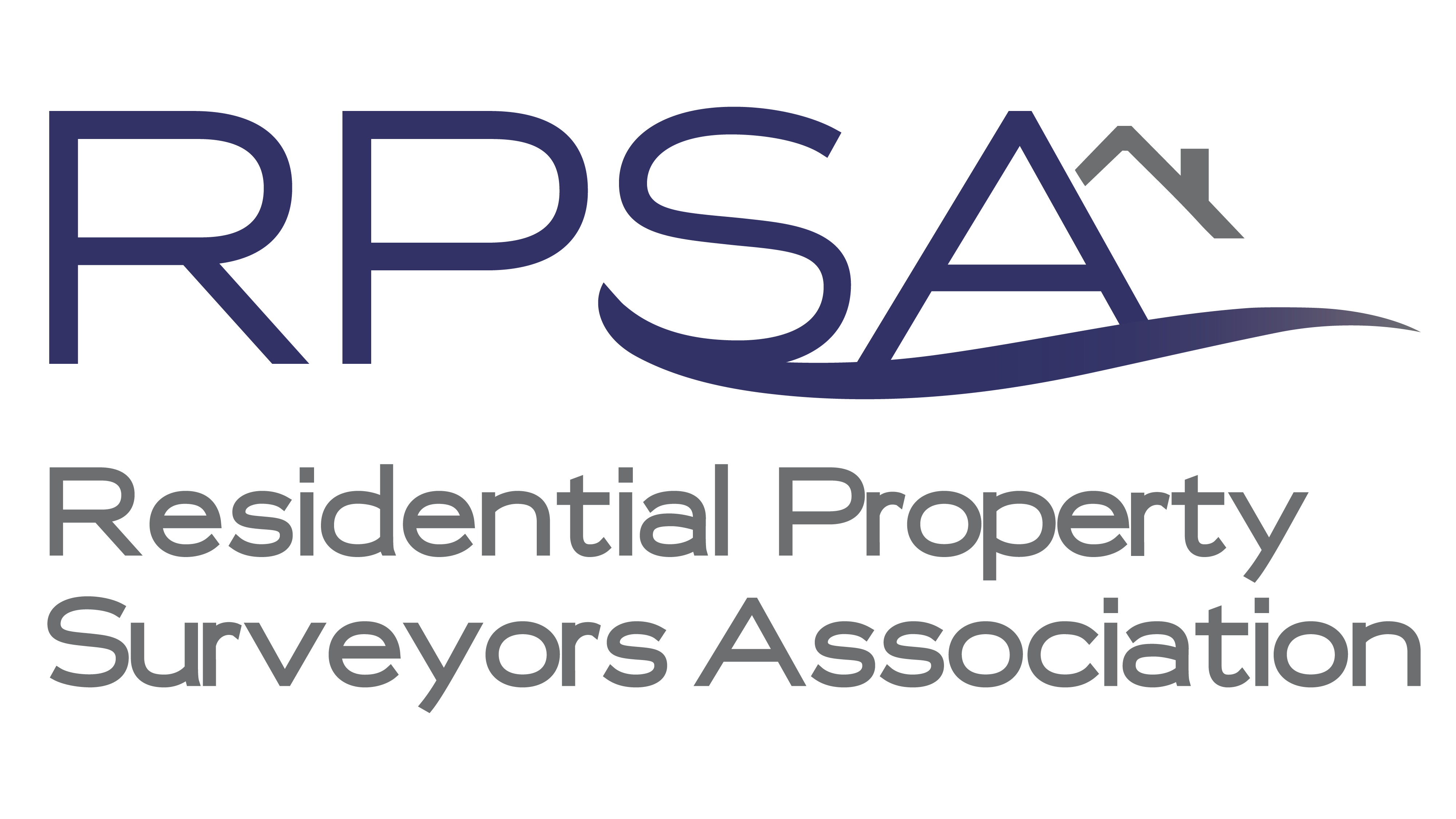
Get in Touch
If you are interested in property inspection companies, the property inspection service is second-to-none. Speak to a construction issues expert for a building survey quote. Or, if you have general queries about the building inspection services, then please reach out to us.
